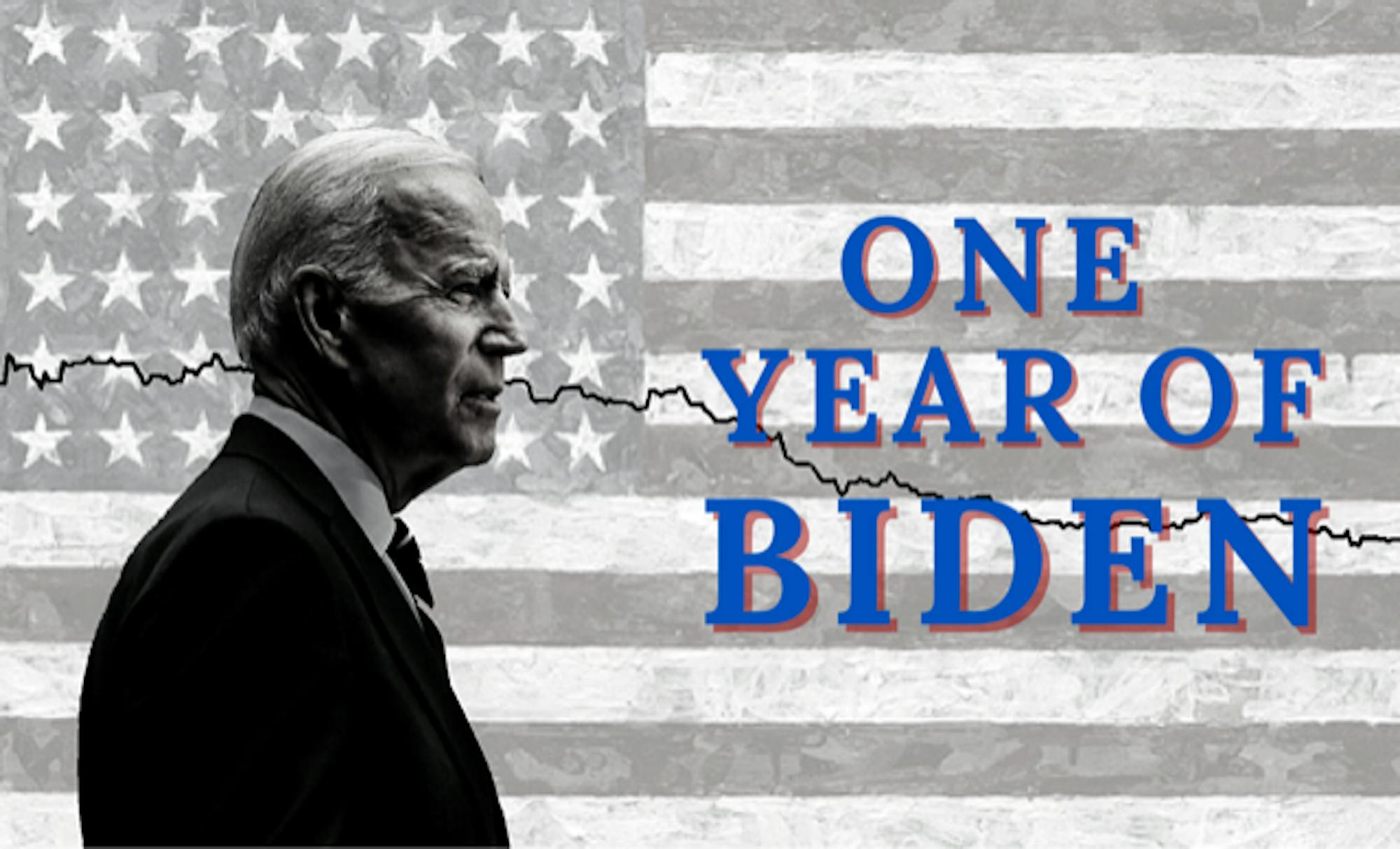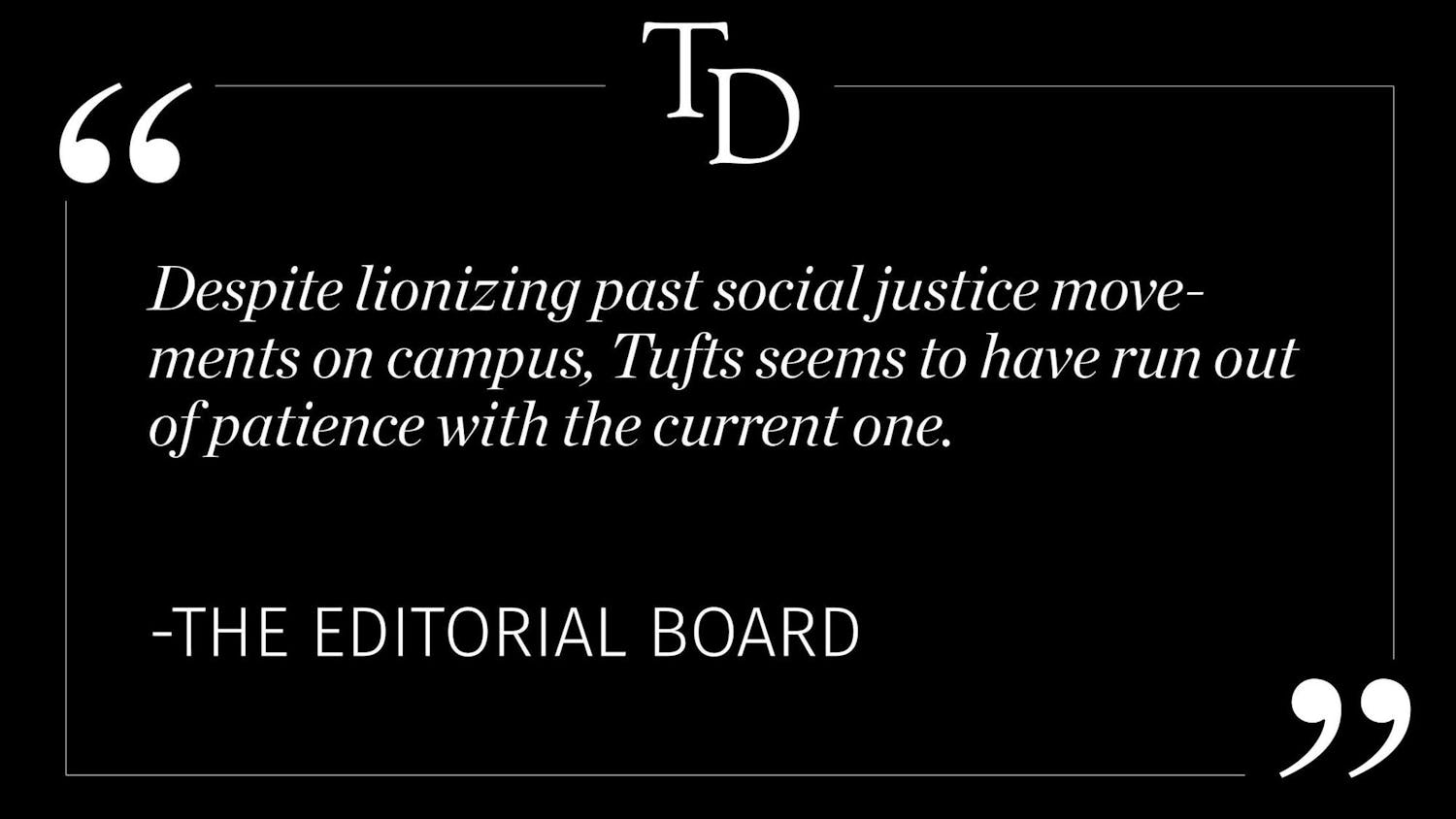On Jan. 20, 2021, Joe Biden was sworn in as President of the United States with an approval rating in the mid-50s. Now, a year later, his approval rating rests firmly in the low-40s, which is lower than any president — other than Donald Trump — at this point in their first term. Despite many of Biden’s successes in his first year, the drop in approval likely arises from the fact that he has been slow to act on some campaign promises and suffered from circumstances out of his control.
One area where Biden swiftly fulfilled his campaign promises was diversity in his administration and appointees. Overall, his administration has delivered on its promises of diversity — particularly considering the percent of women and people of color he has appointed. His cabinet also includes the first Native American, Interior Secretary Deb Haaland, and the first openly gay man, Transportation Secretary Pete Buttigieg. His 42 judicial appointments — the most made in one year since President Kennedy — are the most demographically diverse in history, including the first Muslim federal judge and only two white men. His pledge to appoint a Black woman to Justice Breyer’s Supreme Court seat is a continuation of his clear dedication to create a more representative government.
Biden also started his first term with an optimistic view on the pandemic, and an ambitious plan to end it. Although his plan began with optimistic results, the delta and omicron variants of COVID-19 crushed the country’s hopes. Distrust of vaccines hampered attempts to ramp up vaccination — about 15% of American adults remain unvaccinated. Biden’s strategy overemphasized vaccination, failing to react quickly to the new surges with guidance and increased access to masks and testing. His recent effort to provide free high-quality masks and testing faced preexisting supply chain issues and came too late to help us through the 2021 holiday season overshadowed by the omicron surge.
In terms of jobs, this past year has seen a record increase in jobs created and a sharp decrease in unemployment. However, the high inflation — often tied to low unemployment — that has occurred has resulted in criticism toward Biden. These criticisms fail to recognize the pandemic-driven universality of the issue. Our current inflation is largely the result of global supply chain issues and, to a lesser extent, policies implemented by both Biden and Trump to protect American families during the worst days of the pandemic. This includes Biden’s $1.9 trillion American Rescue Plan, which aimed to help people who lost their jobs during pandemic lockdowns stay afloat. Ultimately, Biden is not to blame for the inflation being felt globally.
Immigration is an issue on which the Biden administration, so far, has fallen woefully short of campaign promises. While some of the worst Trump-era policies — such as separating migrant families — are being rectified, many others are still in place. One example is the continued use of Title 42, which allows the federal government to turn away migrants seeking asylum on the grounds that it is a public health risk. Biden has also raised the refugee cap, but this measure has done little, due to heavy cuts to resettlement infrastructure under Trump that have not been addressed. The past year has revealed a continuation of many previous administrations’ immigration policies and little indication that the immigration overhaul many progressives hoped for is in the works.
Though he has prioritized climate on his agenda, rejoined the Paris Agreement and made sweeping promises in Glasgow, Biden has delivered mixed results on climate policy. His bipartisan infrastructure package put aside funding for clean energy. However, his hard-hitting climate provisions have been halted by the recalcitrance of legislators like Sen. Joe Manchin and his refusal to support the Build Back Better bill. Additionally, though Biden started strong with executive orders intended to drastically reduce emissions by 2050, he also auctioned off land for offshore drilling — which the administration says it was legally obliged to do — and called for increased oil production when oil prices skyrocketed. Overall, Biden is working toward a better climate future but is failing to truly actualize the measures needed to meet the Glasgow pledges.
One move Biden doesn’t need Congress to make is forgiving student loan debt. He has previously stated support for canceling up to $10,000 per person, while progressives such as Elizabeth Warren have been pushing for $50,000. This move would be hugely popular with young people and progressives, whose votes Democrats need for the midterm elections. Biden and the Democrats must also find a way to compromise with Republican representatives to enact some form of the social spending and voting rights bills — both of which are crucial to American lives and American democracy.
Ultimately, Biden has faced challenges from deadly coronavirus waves to a far-from-smooth Afghanistan withdrawal and a social spending agenda stalled by partisan divides. So far, he has certainly promised much more than he’s been able to deliver, especially from the perspectives of progressives who were unsure of his candidacy in the first place. As the midterms approach, Biden must prove that he has the power and agency to fulfill his promises in his role as president.
As voters, we must call out this administration on its poor record on immigration, mixed policies on climate and slow action regarding the recent COVID-19 surges. However, we must also recognize that the choices of senators and the global economy are not under the president’s control. For progressives disheartened by the lack of progress so far, the most important next step is to volunteer and turn out for the 2022 midterms, and to indicate to the administration where we need its members to do better.






